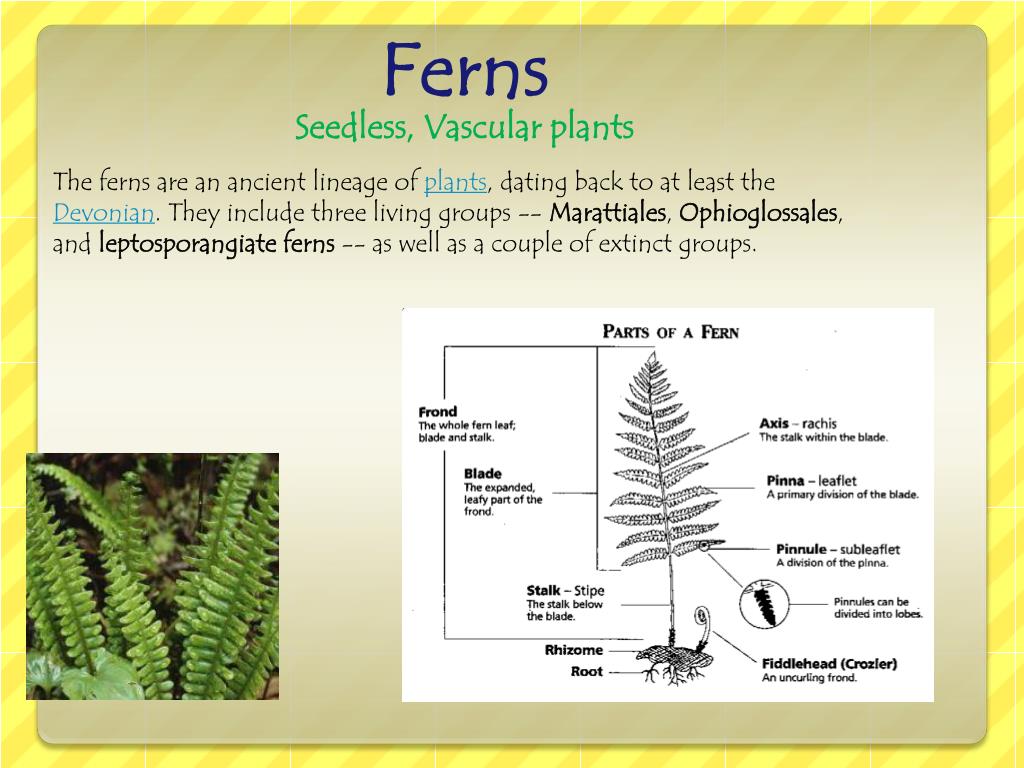Unveiling the Enigmatic World of Rare Ferns - A Comprehensive Guide

Introduction: Delving into the Realm of Botanical Rarities
Ferns, with their intricate fronds and ancient lineage, stand as a testament to the diversity and resilience of the plant kingdom. Among the countless fern species, certain ones stand out as rare gems, hidden treasures that captivate botanists and nature enthusiasts alike. This comprehensive guide aims to shed light on these enigmatic plants, exploring their unique adaptations, habitats, and the paramount importance of their conservation.
Unveiling the Adaptations of Rare Ferns: Nature's Masterpieces
Rare ferns have evolved remarkable adaptations that enable them to thrive in specialized environments. These adaptations include:
- Xeromorphic Adaptations: Some rare ferns, such as the resurrection fern (Pleopeltis polypodioides), possess mechanisms to withstand drought conditions. Their fronds curl up and become dormant during dry periods, only to rehydrate and unfurl when moisture becomes available.
- Epiphytic Adaptations: Certain fern species, like the staghorn fern (Platycerium bifurcatum), have evolved to live on the branches of trees. They develop special structures called "stag horns" that absorb nutrients from the air and rainwater.
- Specialized Reproductive Strategies: Many rare ferns employ unique reproductive strategies to ensure species survival. For example, the walking fern (Asplenium rhizophyllum) reproduces vegetatively through specialized fronds that touch the ground and form new plants.
Exploring the Habitats of Rare Ferns: A Journey through Diverse Ecosystems
The habitats of rare ferns vary widely, from lush rainforests to arid deserts. Each species has specific environmental requirements that dictate its distribution:
- Tropical Rainforests: Many rare ferns thrive in the humid, shady understory of tropical rainforests. These species include the maidenhair fern (Adiantum capillus-veneris) and the bird's nest fern (Asplenium nidus-avis).
- Temperate Forests: Certain ferns, such as the Christmas fern (Polystichum acrostichoides), are adapted to temperate deciduous forests. They prefer moist, shady areas with ample organic matter.
- Coastal Areas: Some rare ferns, like the salt marsh fern (Salicornia europaea), are found in coastal environments. They can tolerate high salinity and inundation by saltwater.
Preserving the Legacy: The Urgent Need for Rare Fern Conservation
The survival of rare ferns is under increasing threat from factors such as habitat loss, climate change, and over-collection. Conservation efforts are vital to ensure their preservation for future generations. These efforts include:
- Habitat Protection: Identifying and safeguarding critical habitats is essential to protect rare ferns from habitat loss. Establishing protected areas and implementing sustainable land-use practices are key measures.
- Ex Situ Conservation: Growing rare ferns in botanical gardens, arboreta, and seed banks serves as a backup in case of habitat loss or natural disasters. These collections can be used for research, education, and species reintroduction.
- Sustainable Collection: When collecting rare ferns for scientific or horticultural purposes, it is crucial to do so responsibly. Only take a small portion of a population and re-establish the disturbed site to minimize impact.
Conclusion: Guardians of Biodiversity and Enduring Wonders
Rare ferns are not merely botanical curiosities but valuable components of our planet's biodiversity. Their unique adaptations and ecological roles make them irreplaceable assets in the intricate web of life. By understanding their significance and implementing effective conservation measures, we can safeguard these enigmatic plants for generations to come, ensuring that their beauty and scientific value continue to inspire and captivate us.













Comments ()